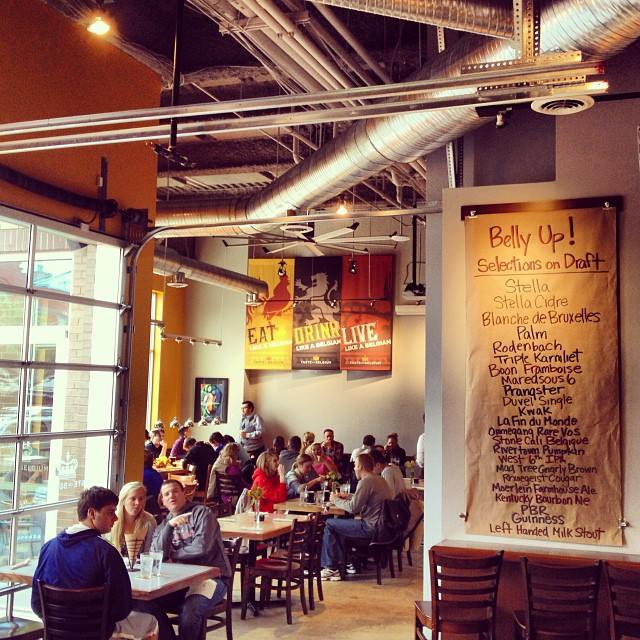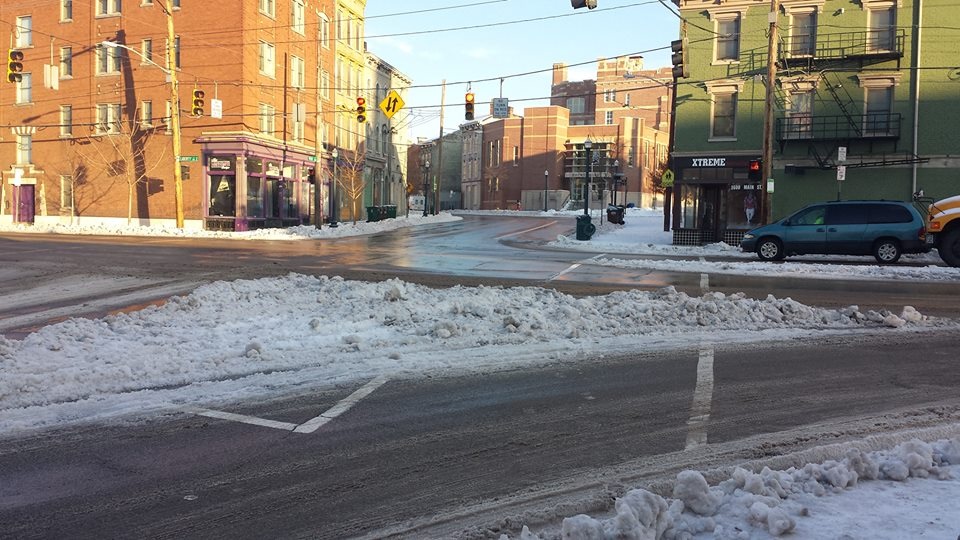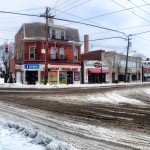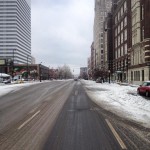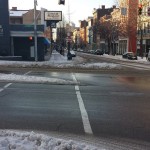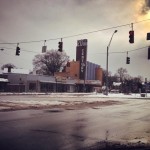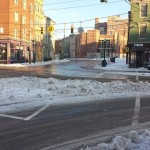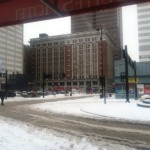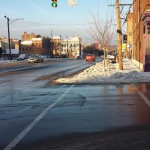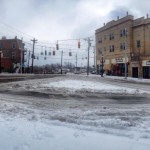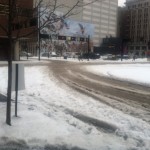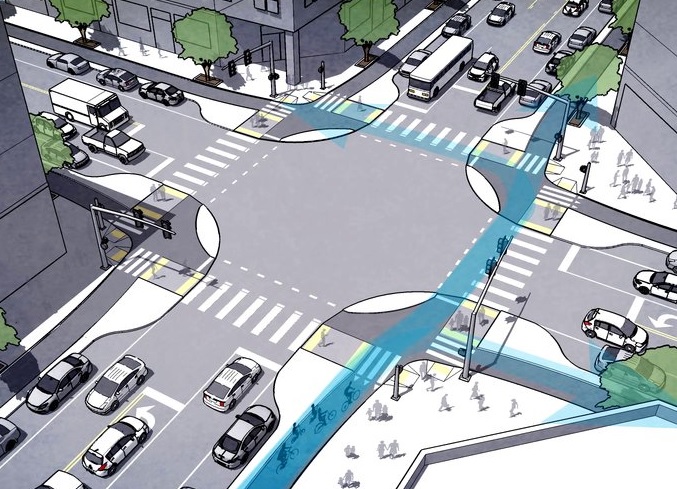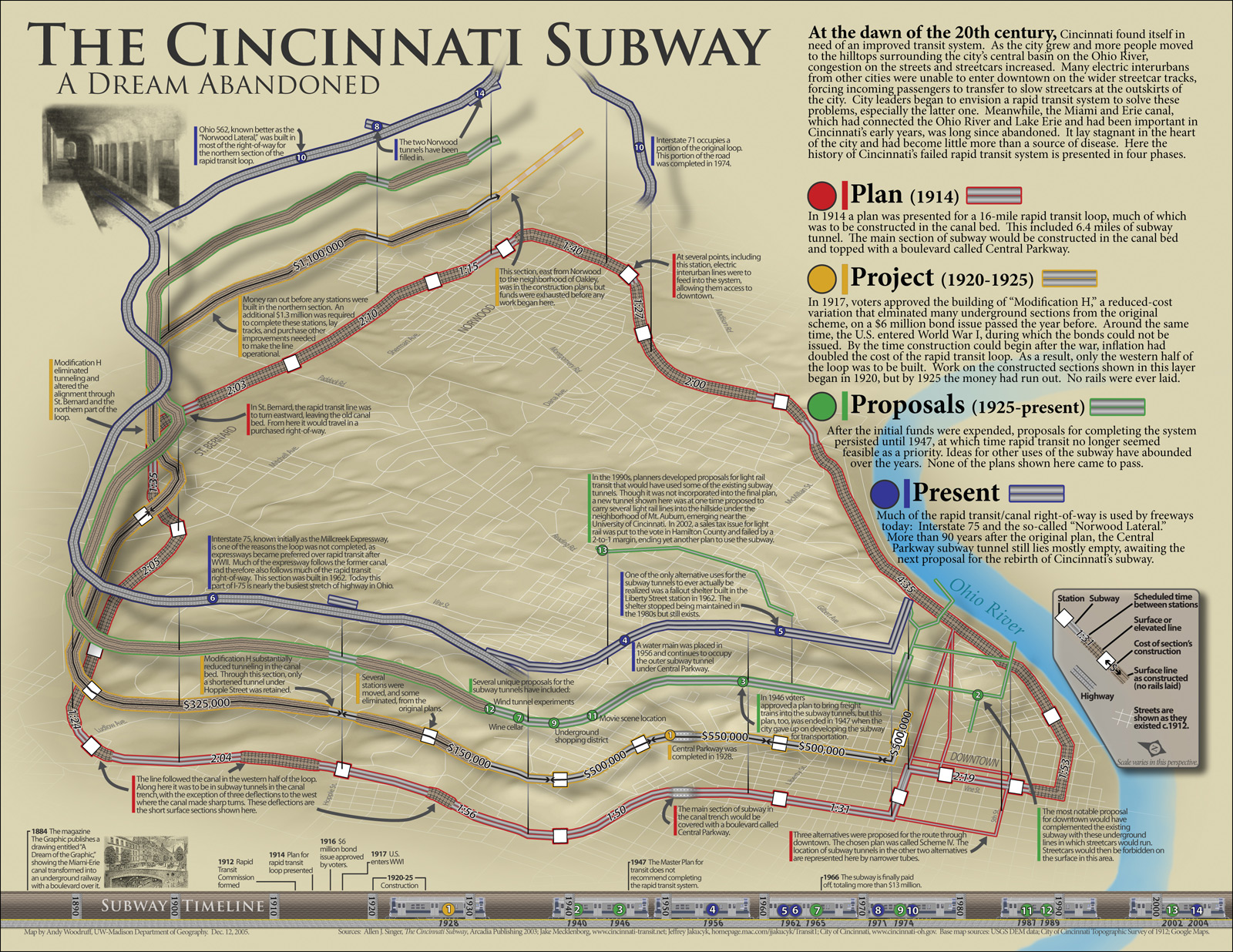Snow may still be on the ground but we will have warm waffles at this month’s URBANexchange event! That’s right, we are pleased to announce that for this month’s event we have moved to Taste of Begium’s Short Vine location. Come down for some waffles and chicken or some Belgian beers this Thursday from 5:30pm to 8:00pm. This is a great opportunity to check out the new development that has opened in Uptown.
As always, the event will be a casual setting where you can meet others interested in what is happening in the city. We will gather in a space near the bar so that each person can choose how much or little they buy in terms of food or drink. Although we do encourage our attendees to generously support our kind hosts at Taste of Belgium.
We are pleased to announce that Vice-Mayor David Mann (D) has indicated he will be attending the event. Mr. Mann has a distinguished career in the city as a former Mayor and Councilman. He returned to City Council last November.

As always URBANexchange is free and open to the public. This month we are giving away two $25 gift cards to Taste of Belgium as door prizes so be sure to drop your name into the raffle.
We will be situated near the bar in the center of the restaurant but you can also ask the host where the UrbanCincy group is located and they will be happy to assist.
Taste of Belgium is located on Vine Street in Correville between the University of Cincinnati’s east and west campuses and is located just two blocks from a future uptown streetcar stop. If you choose to bike there is free and ample bike parking is available outside the building. The venue is also served by Metro’s Metro+ bus , as well as routes #19, #78 and #46 buses.
Photo by Jake Mecklenborg
